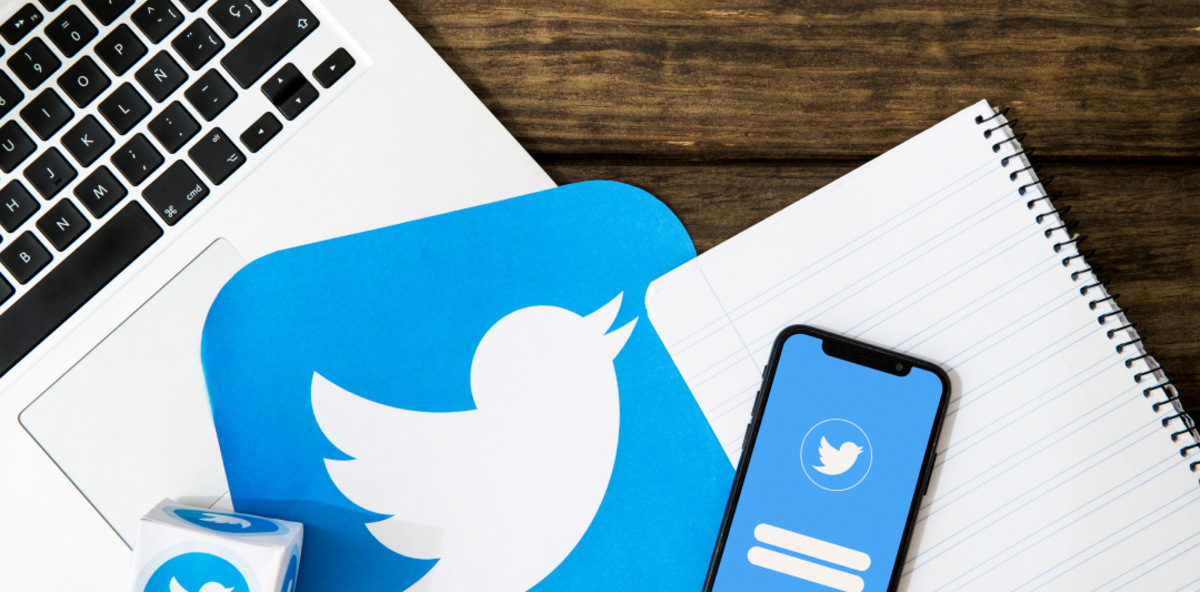Turning Single Tweets Into Lasting Conversations
A single tweet can grab attention, but a well-crafted thread keeps people scrolling. Twitter threads help creators, brands, and professionals turn brief ideas into fuller stories. They offer more space to build context, share knowledge, and keep readers involved.
Rather than packing everything into one tweet, threads allow thoughts to unfold naturally. This format works especially well for tutorials, storytelling, behind-the-scenes insights, or even live commentary. The extra room helps build clarity and connection.
Because threads keep users on a post longer, they often lead to better engagement. People reply, retweet, and share individual parts of a thread, giving it more traction than a single message might get on its own.
Building Momentum With Each Tweet
Threads aren’t just longer—they create rhythm. Each tweet adds to the momentum of the last one, encouraging readers to stay with the message until the end. When structured well, this makes the content more memorable and rewarding.
A common strategy is to lead with a tweet that sparks curiosity. It might pose a bold statement, a short story hook, or a promise of value. From there, the thread can deliver one thought at a time, giving space for each point to land clearly.
The final tweet often acts like a closing thought, but it’s also a good place for a call to action. Whether inviting comments or directing readers to a link, the flow of the thread builds trust that makes people more willing to take the next step.
Why Threads Work for Brand Voice
Twitter threads give brands more flexibility to speak like humans. Instead of trying to cram key points into 280 characters, threads allow for casual tone, storytelling, and even humor across multiple tweets.
When used well, this format helps brands show personality without losing their message. For example, a skincare company could use a thread to explain the science behind an ingredient while keeping the tone light and relatable. This creates room for emotion and clarity side by side.
Threads also give space to respond to trending topics or community feedback. A brand might reply to its own tweet with clarification, updates, or even jokes, keeping the thread alive and inviting further replies.
Encouraging Interaction Through Structure
The structure of a thread creates built-in opportunities for interaction. Each tweet is its own moment, which means more chances for users to reply, retweet, or quote-tweet along the way. This lifts the visibility of the thread beyond just the original followers.
People may respond to tweet number three, then come back to comment on tweet number six. This staggered feedback pattern keeps the thread circulating longer than a single tweet would typically last.
Writers often use prompts within threads to invite discussion. A question partway through or a reply-worthy example at the end can open the door for replies. These comments, in turn, signal to the algorithm that the thread is worth showing to others.
Better Visibility With Algorithm Support
Twitter’s algorithm favors engagement. Posts that get replies, likes, and shares are more likely to appear in timelines and recommendations. Threads, by their very nature, generate more chances for that kind of activity.
Each tweet in a thread can perform on its own. If one line catches on, it can carry the whole thread along with it. That means even if the first tweet doesn’t take off, another one further down might spark interest.
The more people engage, the more exposure the thread gets. And since threads often take longer to read and react to, they offer more time for users to share and interact, helping them rise higher in trending or topic-based feeds.
Turning Threads Into Shareable Resources
Many content creators use threads to offer useful, educational, or inspiring resources. These threads are often bookmarked, saved, and even turned into posts on other platforms. They become more than just content—they become reference points.
For example, a writer might share a 10-part thread about common writing mistakes. That thread can be shared in newsletters, added to websites, or referenced in future tweets. It has a longer shelf life than quick updates or jokes.
Businesses can do the same with product tips, event recaps, or how-to guides. When crafted with care, a thread can become a go-to resource that lives far beyond its posting date.
Bringing Value Without Needing a Link
While links can drive traffic off-platform, threads let people get value right where they are. This works especially well when the goal is to build trust, not just traffic.
For example, a financial planner could post a thread on budgeting tips without linking to a blog. Readers get immediate advice, which builds appreciation. Later on, when a product or offer is shared, the audience is more likely to be receptive.
This approach creates goodwill. People who receive helpful or entertaining threads often follow back, increasing long-term visibility. Over time, this leads to more organic growth without relying on constant self-promotion.
Making News and Events Easier to Follow
During live events or breaking news, Twitter threads help keep updates clear. Each tweet adds a layer, giving followers real-time context without confusion. This is helpful for journalists, analysts, or even brands covering events or launches.
Instead of sending several unconnected tweets, a thread ties the story together. Users can follow from start to finish, even if they join halfway through. This makes threads ideal for transparency and storytelling during high-interest moments.
For example, a tech company announcing a new feature might explain each step of the rollout through a thread. Readers stay informed, and each update helps keep the spotlight on the topic.
Combining Visuals With Narrative Flow
Images, videos, and GIFs bring extra power to threads. When paired with text, they make information easier to grasp and more fun to follow. This is especially useful for product tutorials, event highlights, or data breakdowns.
Some creators use one image per tweet to keep things simple. Others alternate between graphics and copy to create variety. The key is to match visuals with the pace of the story being told.
Well-placed visuals also help a thread stand out in busy timelines. Even if someone misses the original tweet, a strong image in a later part might draw them in and prompt them to scroll up and read the rest.
Helping Long-Form Content Feel Personal
Threads are perfect for turning long-form ideas into casual, approachable formats. Instead of writing a long article or blog post, users can present the same thoughts in shorter pieces. This suits platforms like Twitter, where readers prefer bite-sized content.
Each tweet acts as a paragraph. It keeps things moving and allows readers to pause, react, or skim. Writers can break down complex topics in a way that feels more human, more like a conversation than a lecture.
Over time, threads help create voice and familiarity. Readers begin to recognize styles and trust the people behind the posts. That trust translates to better response rates, more shares, and deeper engagement.











No responses yet